Want to preserve fresh rosemary for year-round use? Here's how to dry rosemary in 4 simple methods that maintain flavor and extend shelf life up to 12 months. According to the USDA Food Safety and Inspection Service, proper drying and storage of herbs is essential for food safety and flavor retention. Whether you're a home cook or professional chef, these proven techniques will help you keep your rosemary fresh and fragrant.
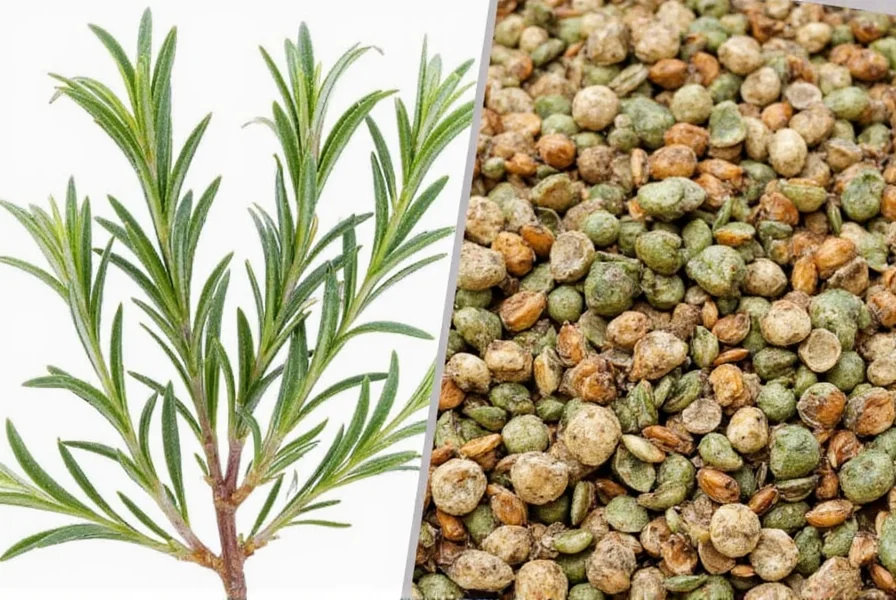
Fresh vs. Dried Rosemary: What's the Difference?
| Characteristic | Fresh Rosemary | Dried Rosemary |
|---|---|---|
| Aroma | Vibrant, piney scent | Mellow, earthier fragrance |
| Flavor | Strong, slightly citrusy | More concentrated, woodsy |
| Texture | Leathery needles | Crispy, brittle leaves |
| Shelf Life | 1–2 weeks refrigerated | 6–12 months stored properly |
| Best For | Garnishing, infusions, marinades | Slow cooking, rubs, seasoning blends |
The key takeaway? Fresh rosemary is great for immediate use, while dried rosemary is your go-to for convenience and longevity. Culinary experts from the International Association of Culinary Professionals recommend drying rosemary for consistent flavor in year-round cooking.
How to Dry Rosemary Like a Pro: 4 Simple Methods
1. Air Drying (Classic & Low-Effort)
- Gather sprigs into small bundles
- Tie them together and hang upside down in a warm, dry place
- Leave for 1–2 weeks until fully crisp
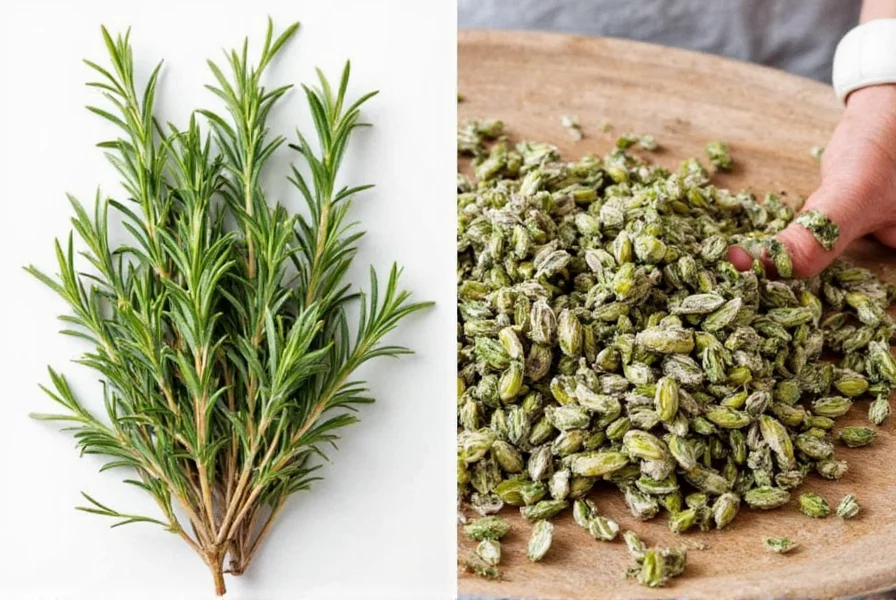
2. Oven Drying (Quick Fix)
- Preheat oven to the lowest setting (~150°F / 70°C)
- Spread sprigs on a baking sheet
- Bake for 2–4 hours, checking every 30 minutes
3. Microwave Method (Fastest Option)
- Place sprigs between two paper towels
- Microwave for 1–2 minutes
- Let cool before storing
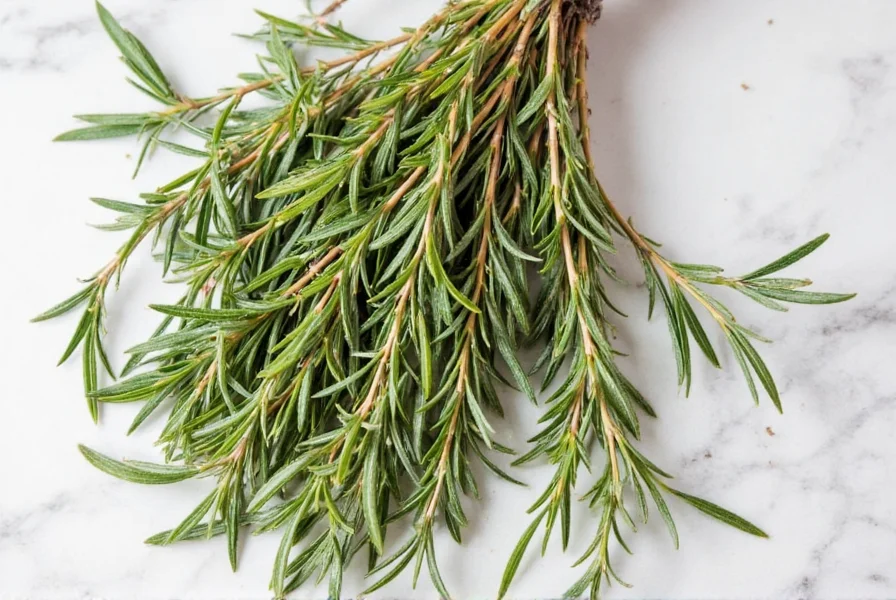
4. Food Dehydrator (Most Consistent Results)
- Place rosemary sprigs in dehydrator trays
- Set temperature to ~95°F / 35°C
- Dry for 4–8 hours until brittle
Storage Tips: Keep Your Dried Rosemary Fresh & Fragrant
Drying your rosemary is only half the battle—storing it properly ensures it keeps its flavor and potency for months. Here's how to keep it tasting fresh:
- Use Airtight Containers: Store dried rosemary in glass jars or resealable bags to prevent moisture absorption.
- Keep It Cool & Dark: Heat and sunlight degrade essential oils. A pantry or kitchen cabinet works best.
- Label & Date: Mark containers with the herb name and date to track freshness.
- Crush Before Using: Whole leaves retain more flavor. Crush or grind when ready to use for maximum aroma.
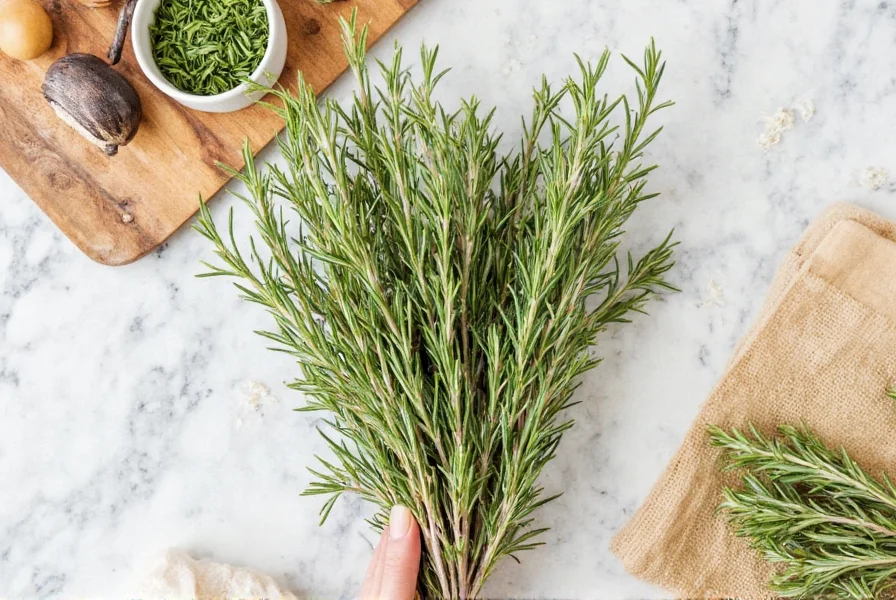
Usage Hacks: Creative Ways to Use Fresh and Dried Rosemary
Now that your rosemary is perfectly dried, it's time to get creative! Here are some delicious and clever ways to put both fresh and dried rosemary to work:
For Fresh Rosemary
- Add whole sprigs to olive oil for infused drizzling oil
- Use as a garnish on cocktails like rosemary gin fizz
- Infuse syrups for desserts or savory sauces
- Wrap around roasts or potatoes before baking
For Dried Rosemary
- Mix into dry rubs for grilled chicken or lamb
- Blend into breadcrumbs for rosemary-seasoned crusts
- Add to homemade bread dough or focaccia
- Create custom spice blends like Italian seasoning or herbes de Provence
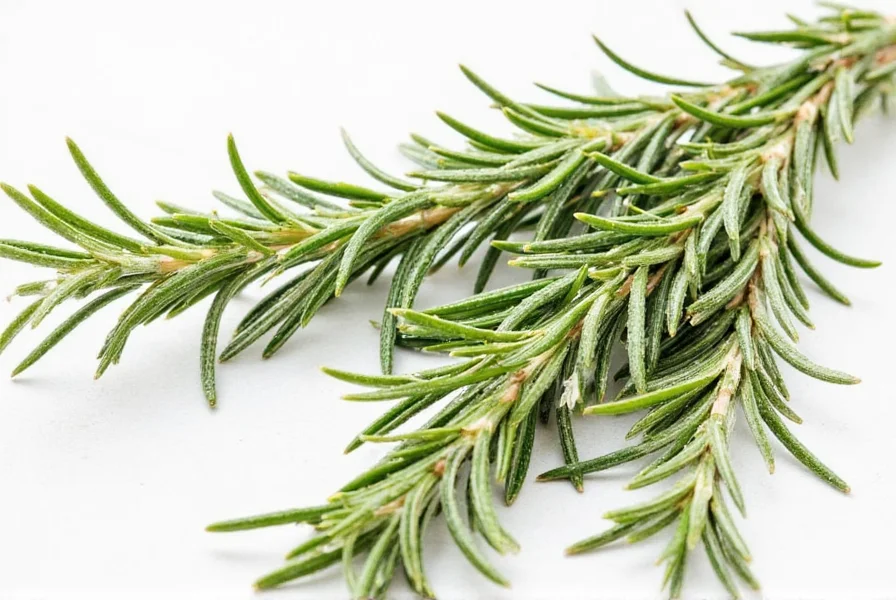
Frequently Asked Questions About Drying Rosemary
How long does it take to properly dry rosemary?
Drying time varies by method: air drying takes 1-2 weeks, oven drying 2-4 hours, microwave drying 1-2 minutes, and food dehydrator drying 4-8 hours. The rosemary is properly dried when the needles become brittle and snap easily rather than bending. According to the USDA, improper drying can lead to mold growth and spoilage.
What's the conversion ratio between fresh and dried rosemary?
Generally, 1 tablespoon of fresh rosemary equals 1 teaspoon of dried rosemary. Dried rosemary is more concentrated in flavor, so you'll need less. For best results, adjust to taste based on your specific recipe and personal preference. The International Association of Culinary Professionals confirms this standard conversion ratio for consistent cooking results.
Why does my dried rosemary lose its fragrance quickly?
Dried rosemary loses fragrance when exposed to air, moisture, heat, or light. For maximum shelf life (6-12 months), store in an airtight container in a cool, dark place. Whole dried leaves retain flavor longer than crushed ones - crush just before using for best results. The USDA recommends storing dried herbs in opaque containers to preserve essential oils.
Can I dry rosemary that's already started to wilt?
Yes, slightly wilted rosemary can still be dried successfully. In fact, the drying process works better with herbs that have already lost some moisture. Just make sure there's no mold or significant discoloration before proceeding with drying. The USDA Food Safety and Inspection Service states that wilting herbs are safe to dry as long as they show no signs of decay.
What's the best time of day to harvest rosemary for drying?
Morning is generally best, after the dew has dried but before the heat of the day. This is when the essential oils (which give rosemary its flavor and fragrance) are most concentrated. Harvest just before the plant flowers for peak flavor. Culinary experts from the American Culinary Federation recommend harvesting at this time for maximum aroma retention.
Can I freeze rosemary instead of drying it?
Yes, freezing is another preservation method. Chop fresh rosemary, mix with olive oil, and freeze in ice cube trays. This method preserves more of the fresh flavor but has a shorter shelf life (6 months) compared to properly dried and stored rosemary (up to 12 months). The USDA notes that frozen herbs are best for cooked dishes rather than garnishes.
Buying Guide: Best Rosemary Products for Every Budget
Can't grow your own rosemary or short on time? Don't worry—we've got you covered with our top picks for high-quality rosemary products available on the market. We focused on quality, usability, and value across different budgets based on USDA and culinary expert recommendations.
Top Picks
| Product | Description | Features | Use Cases | Price Range |
|---|---|---|---|---|
| Heritage Store Dried Rosemary | Pure, organic, air-dried rosemary | USDA Organic certified, Non-GMO, gluten-free, no additives | Cooking, baking, seasoning blends | $ |
| Spice Islands Rosemary Leaves | Consistently flavorful and finely cut | Perfect for sprinkling, blends well, consistent quality | Cooking, sauces, marinades | $$ |
| McCormick Gourmet Rosemary | Highly aromatic, ideal for gourmet dishes | Premium quality, bold flavor, ISO 22000 certified | Roasting, grilling, artisanal cooking | $$ |
| Nature's Way Rosemary Oil | Essential oil made from pure rosemary extract | USDA Organic certified, aromatherapy-grade | Hair care, natural remedies | $$$ |
Choosing the Right Product
- For Everyday Cooking: Heritage Store or Spice Islands offer great value and consistent flavor. Both products meet USDA food safety standards for dried herbs.
- For Gourmet Recipes: McCormick Gourmet brings restaurant-grade flavor to your kitchen. Their products undergo rigorous quality control testing.
- For Health & Beauty: Nature's Way Rosemary Oil is perfect for DIY beauty and wellness routines. It's certified organic and suitable for topical application.
Conclusion: Master the Art of Rosemary Preservation
From fresh sprigs to fragrant dried leaves, rosemary is a powerhouse herb that deserves a permanent spot in your spice collection. By mastering simple drying techniques and proper storage, you can enjoy this versatile herb year-round—no matter the season.
Whether you choose to air-dry, oven-dry, microwave, or use a food dehydrator, the key is consistency and attention to detail. And once you've preserved your rosemary, don't be afraid to experiment with new recipes and uses!
So next time you see a bunch of fresh rosemary at the farmers' market or in your garden, grab it—and make it last. With these tips, you'll never run out of rosemary magic again.
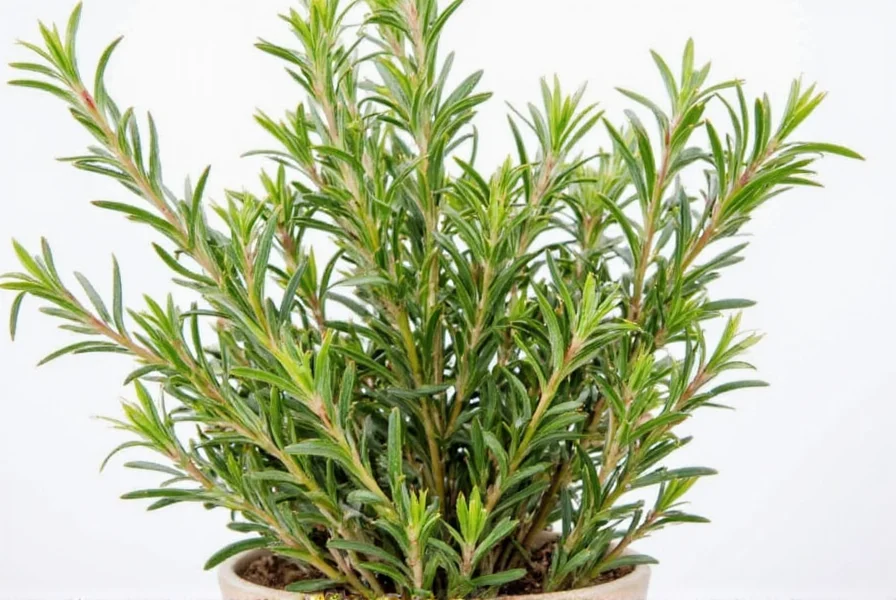

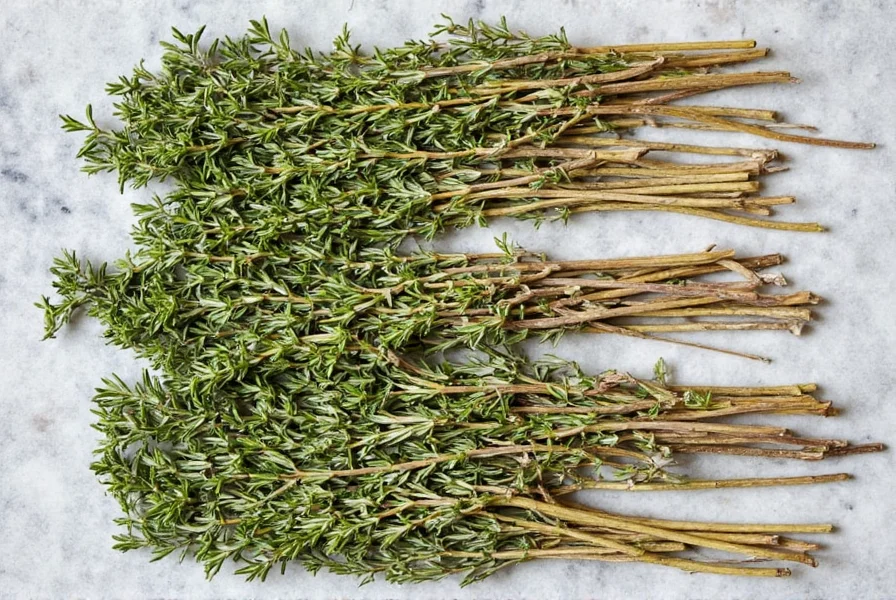









 浙公网安备
33010002000092号
浙公网安备
33010002000092号 浙B2-20120091-4
浙B2-20120091-4